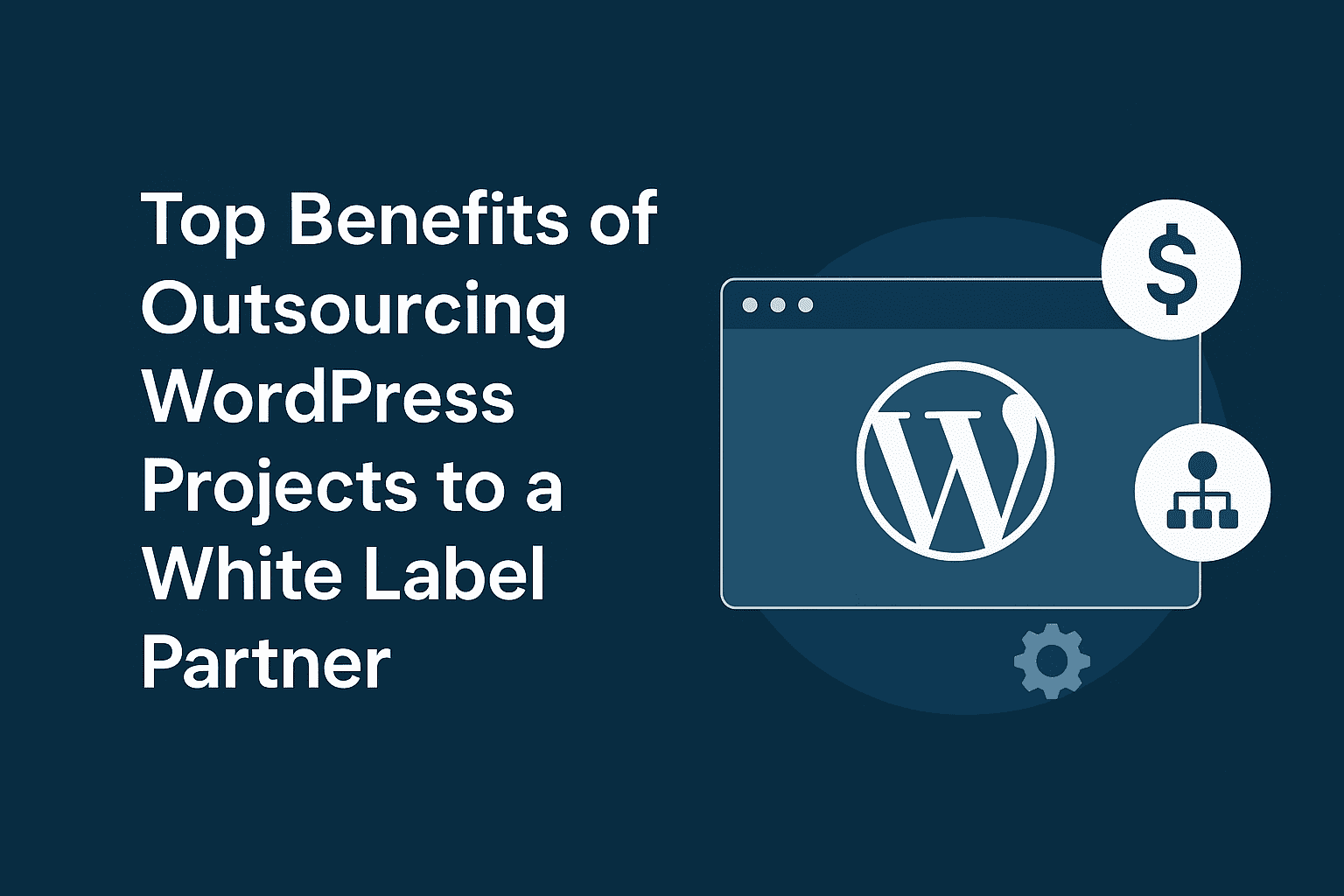Introduction
In an increasingly globalized world, having a multilingual website is essential for reaching a broader audience and improving user experience. With advancements in AI translation, WordPress developers can now easily create multilingual websites without the need for manual translations. This guide will walk you through the benefits, tools, and steps to build a multilingual WordPress website using AI-powered translation.
Why Build a Multilingual WordPress Website?
1. Expand Your Audience
Having a website in multiple languages helps attract international visitors and increases engagement.
2. Boost SEO
Multilingual SEO improves search rankings in different languages and regions, driving organic traffic from various countries.
3. Enhance User Experience
Users prefer browsing in their native language, which enhances readability, navigation, and overall satisfaction.
4. Increase Conversions
A localized website builds trust and credibility, leading to higher conversion rates for global customers.
Choosing the Right AI Translation Tool
Several AI-powered translation tools can help automate the process. Here are some of the best options for WordPress:
1. Weglot
- Fully automatic AI translation with manual editing options.
- SEO-friendly and supports hreflang tags.
- Compatible with WooCommerce and other major plugins.
2. TranslatePress
- AI integration with Google Translate and DeepL.
- Allows front-end visual translation editing.
- Supports multilingual SEO with dedicated language URLs.
3. WPML (WordPress Multilingual Plugin)
- AI-assisted translation with DeepL and Google Translate.
- Provides manual translation management for greater accuracy.
- Best for larger websites requiring complex translation setups.
4. Google Language Translator
- Simple AI-powered automatic translation.
- Free and easy to install.
- Not ideal for SEO as it does not generate separate URLs for translations.
Steps to Create a Multilingual WordPress Website with AI Translation
Step 1: Choose the Right Plugin
Select an AI-powered translation plugin based on your needs. For automatic translations with SEO benefits, Weglot and TranslatePress are excellent choices.
Step 2: Install and Activate the Plugin
- Go to your WordPress dashboard.
- Navigate to Plugins > Add New.
- Search for your chosen plugin (e.g., “Weglot” or “TranslatePress”).
- Click Install Now and then Activate.
Step 3: Configure Language Settings
- Set your default language (the language your website is currently in).
- Choose the additional languages you want to support.
- Configure translation settings (manual editing, auto-translate, or hybrid approach).
Step 4: Enable AI Translation
Most plugins offer AI-powered translation by default. Ensure that the setting is enabled in the plugin’s dashboard. If using TranslatePress, integrate Google Translate or DeepL for AI-assisted translations.
Step 5: Optimize for SEO
- Enable hreflang tags to inform search engines which language version to index.
- Create separate URLs for each language (e.g., example.com/fr for French).
- Use AI-powered tools to refine translated content for better readability and accuracy.
Step 6: Test Your Multilingual Website
- Browse through different language versions to ensure proper translation.
- Check for broken links and layout inconsistencies.
- Test navigation, forms, and checkout processes if running an eCommerce store.
Step 7: Monitor and Improve Translations
- Use analytics tools to track multilingual traffic and engagement.
- Edit AI-generated translations for better accuracy where needed.
- Keep updating translated content to match your latest website changes.
Best Practices for AI-Translated Websites
1. Use a Hybrid Approach
While AI translation is powerful, manual review ensures accuracy and natural language flow.
2. Consider Cultural Sensitivity
Ensure translations align with local customs and preferences for better engagement.
3. Optimize Performance
Use caching plugins and CDN services to maintain fast page load times across multiple languages.
4. User-Friendly Navigation
Implement clear and accessible language switchers in visible locations to enhance usability.
5. Monitor SEO Performance
Regularly audit SEO performance for different languages and optimize meta tags, keywords, and content accordingly.
The Future of AI Translation in WordPress
AI translation technology continues to evolve, making multilingual website management more efficient and accurate. With advancements in machine learning and natural language processing, AI-driven tools will improve contextual understanding and reduce translation errors.
Future developments to watch for include:
- Improved AI context awareness for better sentence structures.
- Enhanced integrations with voice search and virtual assistants.
- Automated localization beyond text (images, videos, and interactive content).
Final Thoughts
AI translation is revolutionizing multilingual website development, making it easier and more cost-effective than ever. By leveraging WordPress plugins like Weglot, TranslatePress, and WPML, you can build a multilingual site that enhances user experience, boosts SEO, and helps your business grow globally.
Are you planning to build a multilingual WordPress website? Let us know your challenges and experiences in the comments below!



